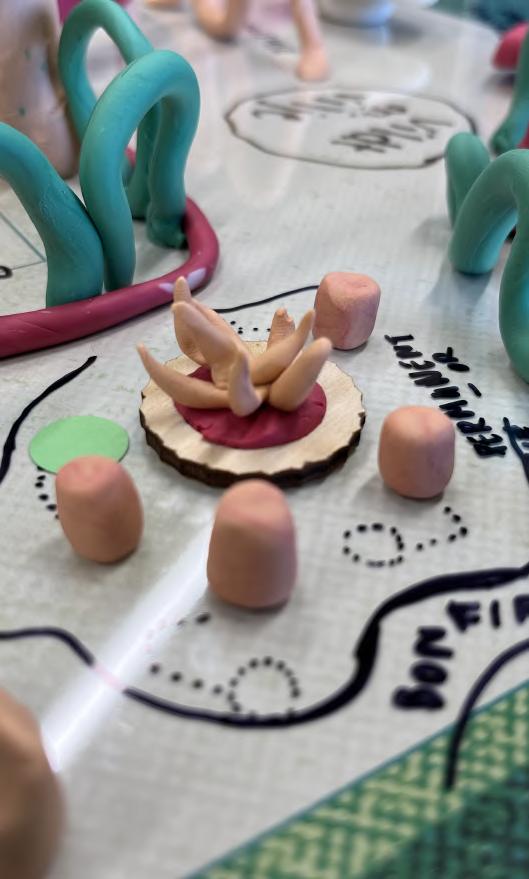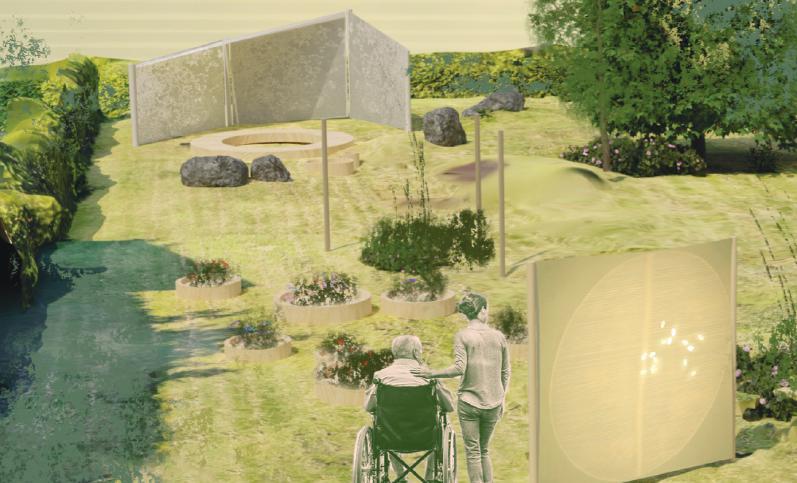 Alessandro Baroni Portfolio
Alessandro Baroni Portfolio

In this project, I collaborated with the fashion brand CAMO by Stefano Ughetti, alongside models Lorenzo Coda Zabetta and Maria Villa. We conducted the shoot for the "Way Out" collection. Locally produced in the area of Biella, Stefano's vision for this collection revolved around breaking away from large-scale production.
To follow Stefano's poetic vision, I therefore adopted an alternative approach to the shoot. Rather than opting for traditional posing, I provided my models with a frame and a blanket, and encouraged them to interact freely with these simple objects in a vast, windswept environment.
 Alessandro Baroni Portfolio
Alessandro Baroni Portfolio
 Alessandro Baroni Portfolio
Alessandro Baroni Portfolio

The Masks We Wear is a project based in Kolding aimed at fostering critical reflection on the challenges faced by young people. Initially, I adopted a broad approach, opting for a framework centered around the night and nightlife. This choice was made to foster meaningful dialogue by engaging in a different context rather than the conventional college or everyday life environments.
During these interactions, it became apparent that issues surrounding one-night-stands (O.N.S.), or casual sexual encounters, were prevalent. I then connected with six students who shared their experiences anonymously in follow-up interviews. The depth and intimacy of these stories inspired me to use them as a central part of my project.
I worked on special masks that at first glance appear pristine and clean, but when illuminated from beneath, they reveal excerpts from the interviews. Within these masks lie the untold stories of people, often concealed due to circumstances or lack of opportunity for open discussion.

https://www.youtube.com/watch?v=0DYNh2y20KY
Through an interactive exhibition, participants not only observe the masks but also have the opportunity to wear them and activate their hidden stories through the light. This experience enables people to discover the personal challenges shared with me, fostering an understanding of these topics not often openly discussed (click for video).







This group project has been made in collaboration with Eltang School in Eltang locality to help the school facilitate the instruction of a new waste sorting system. Utilizing participatory design methods, our group, composed of Ana Galvez, Maja Ibsen Brammer, Thora Thestrup Okkels, and Aron Kubunyi,and me, worked specifically with the 5th-grade classroom, facilitating workshops and gamified activities, engaging with students and teachers to assess their understanding of waste sorting and knowledge about materials and their journeys.
As our activities revolved around collaborative settings, we observed how this fostered a conducive environment for students to learn together, sharing knowledge and practices.
Recognizing the value of cooperation, we sought to harness this spirit by initiating a joint project, resulting in the creation of a short film.

The film, featuring a fly discovering the practices and knowledge of the students, was a collaborative endeavor involving us, the children, teachers, and janitors. Besides fostering horizontal collaboration, we pursued this project with the aim of inspiring other classrooms and schools to embrace similar approaches. This initiative could serve as a catalyst, sparking similar sustainability efforts not only within the municipality but also across the broader South Jutland region.



 Alessandro Baroni
Alessandro Baroni


Untitled Spaces is a research project undertaken in collaboration with the industrial designer Daksh Chhillar for CSV Kolding, an institution dedicated to supporting people with a range of mental and physical challenges, including learning difficulties, brain damage, and mobility issues. Our primary objective was to reconsider the neglected outdoor areas of CSV and make them more accessible and engaging for its people.
Employing participatory design and anthropological methodologies, we investigated the desires, concerns, and ideas of CSV's community regarding outdoor spaces. Through activities such as games, walks, co-creation workshops, and other outdoor activities, we engaged with CSV members to explore their perceptions and experiences of the outdoors.





During the research, besides gaining insights about activities, areas, needs, and requirements for the spaces we also uncovered the diverse and open community of CSV. We realized that narrowing our focus to one specific target group would inevitably lead to an exclusion. We aimed to adopt a more universal strategy, ensuring that our concept would be meaningful for everyone and inclusive of all members of CSV, leaving no one behind.
We wanted to design environments capable of accommodating various activities like sitting, gardening, running, and playing, intentionally leaving them open-ended, without any specific prescription.
We developed abstract spaces to encourage imagination, interpretation, and freedom of use, fostering inclusivity for all members of the institution.






Orhia-01c is a research project made in collaboration with the fashion designer Leonie Heise for Sustainability House in Kolding, an institution dedicated to promoting sustainability within the municipality and its surroundings. Our aim was to work on how to bring to audience alternative narratives revolving around sustainability.
Through a speculative approach we presented a tradition from a reality within the multiverse called Orhia-01c, where a celebration involves people gathering to swap clothes. This tradition is inspired by a mythical tale featuring a character named Ut, who learns from hermit crabs the ritual of swapping shells as they grow.
Our research developed into an exhibition held at the Kolding Library, showcasing a sci-fi film that delves into the myths and traditions of the people of Orhia-01c. In the film, a storyteller on a boat recalls the myth, while a sequence depicts a gathering of people that illustrates the tradition.
The film was shot using an infrared filter in the surroundings of Kolding, swapping the color channel from green to purple. This technique created a surreal look to the familiar setting. The intention was to create a recognizable scenario yet simultaneously giving an otherworldly appearance.
By grounding fiction with scientific phenomena (specifically, the cyclic swapping of shells by hermit crabs in nature) we aimed to create a believable scenario. Our intention was to inspire reflection on the role of celebrations and how traditions evolve over time to meet the needs of society. (click for video) https://www.youtube.com/watch?v=6HEm_8Z_Z6g





